“Trau Village” is the land of the ancient capital of Van Lang, now Duu Lau ward, Viet Tri city. Along with the thousands of years of history of the nation, the ancient Trau village - Duu Lau ward now contains the depth and richness, uniqueness of the Ancestral Land, when the names of the land and villages are associated with the legends of the Hung King era. This place preserves the relics of worshiping the Hung Kings and generals of the Hung King era such as: Bao Da communal house, Huong Tram communal house..., in which, the most prominent is Duu Lau communal house - the communal house worshiping Prince Lang Lieu with the legend of "Banh chung, banh giay".

Panoramic view of Duu Lau communal house, Duu Lau ward, Viet Tri city
According to legend and historical records, Prince Lang Lieu was the second son of the 6th Hung King (Hung Huy Vuong), living in Duu Lau village, known for his intelligence, filial piety, hard work, and closeness to the people.
Through the competition of making offerings to the King on his father's birthday, Prince Lang Lieu made two unique cakes symbolizing "Round Heaven - Square Earth", which are banh chung and banh giay. Thanks to his profound meaning and ingenuity, Prince Lang Lieu was chosen by his father to be his successor, becoming the 7th Hung King, with the title Hung Chieu Vuong.
From the moment he ascended the throne, Hung Chieu Vuong showed himself to be a talented and virtuous king. He always cultivated himself, lived simply and took humanity as the foundation to rule the world. King Hung Chieu Vuong's wish was to bring a prosperous and happy life to his people and protect the country's borders.
The story of Prince Lang Lieu and Banh Chung and Banh Giay is always mentioned as a source of pride in the thousand-year-old culture and conveys the message of filial piety and responsible lifestyle of the Vietnamese people. With his filial piety to his ancestors and love for the people, when King Hung Chieu Vuong passed away, the people of Duu Lau village built a temple to worship him, called "Duu Lau Vu Mieu" and honored him as Lang Lieu Dai Vuong.
Over thousands of years, during the reign of King Le Thanh Tong (1557-1573), he sent officials of the Ministry of Rites to survey places of ancestral worship, to examine and rearrange temples, pagodas, communal houses and shrines. At the same time, he recorded the relics, stories and legends to establish sacred sites for each village.
When reviewing the history and relics in the Duu Lau area, the King issued an edict: Merge the Duu Lau Temple worshiping Lang Lieu Dai Vuong and the O Rong Temple worshiping Tan Vien Son Thanh to worship together in the village communal house, and at the same time confer a royal decree to worship the great men who had contributed to the country, including: Tan Vien Son Thanh Than Dai Vuong; Cao Son Thanh Than Dai Vuong; Quy Minh Thanh Than Dai Vuong; Lang Lieu Thanh Than Dai Vuong; Bo San Dai Vuong; A Nuong Cong Chua Dai Vuong. The King assigned the villagers of Duu Lau to burn incense and worship forever...

Mr. Ta Van Thinh regularly looks after, cleans and maintains Duu Lau communal house.
Duu Lau Communal House was built quite early, according to legend, it dates back to the Le Trung Hung period in the 16th-17th centuries. During the years of resistance against the French, Duu Lau land was the land adjacent to the communal house, a gathering place for guerrillas and soldiers.
In 1947, after the great defeat on the Lo River, the French warships on the way to retreat fired cannons at the communal house, collapsing the Thien Tru temple of the village. They also searched and burned it, so the documents and artifacts about the communal house are almost no longer preserved. However, with the respect for their ancestors, the people of Duu Lau village joined hands and hearts to rebuild the communal house to show gratitude to their ancestors and contribute to building and preserving the cultural identity of their homeland, Trau village.
In 2001, the People's Committee of Phu Tho province decided to allow the people of Duu Lau to restore the Duu Lau communal house. The communal house was started on January 6, Nham Ngo year (2002). The village's main pillar was completed with an area of 226m2 . The communal house has a Dinh-shaped layout, the door faces the Northeast, the frame structure consists of 6 rows of columns, the upper bed and lower beam trusses are similar to ancient communal houses, including 3 compartments, 2 terraces, thatched roofs, and fish-tail tiles. The restored communal house has 4 curved roofs, on the riverbank there is a bucket. The roof of the communal house is decorated with two dragons facing the moon, at the ends of the eaves, the armpits, and the mesas are carved with patterns, clouds, and plants. These are traditional decorative patterns of the communal house.

Mr. Ta Van Thinh - the caretaker at Duu Lau communal house said: Although the communal house was restored with concrete, the talented hands of the craftsmen have created a traditional and lively architecture for the communal house. Every year, Duu Lau communal house organizes 5 festivals according to the lunar calendar: January 6th festival; March 10th festival; April 10th festival; May 5th festival; October 10th festival. At the festival, there is a game of Phet, which is commonly called Loc by the people, attracting a large number of people and tourists to visit. Duu Lau communal house is also the place where chefs from associations, clubs, businesses and food lovers across the country hold incense offering ceremonies to commemorate the merits of Prince Lang Lieu - Hung Chieu Vuong.
Duu Lau communal house contains great artistic value of intangible cultural heritage. According to researchers, the communal house is the only place in the country to worship Lang Lieu Thanh Than Dai Vuong, and is also the place that directly participates in the cause of defending the country with typical events. Thereby contributing to educating generations to learn and follow, is a powerful and convincing proof in the history of building and defending the country of the nation.
Hoang Giang
Source: https://baophutho.vn/ve-lang-trau-nghe-tich-lang-lieu-216230.htm








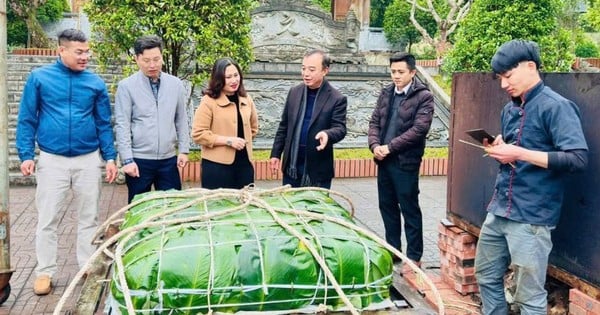

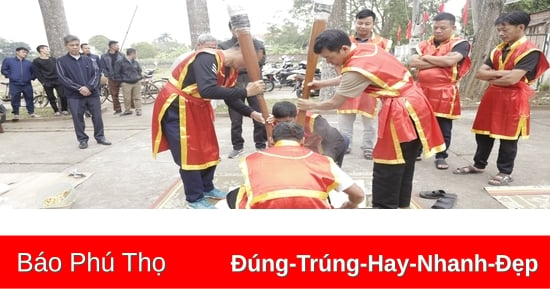
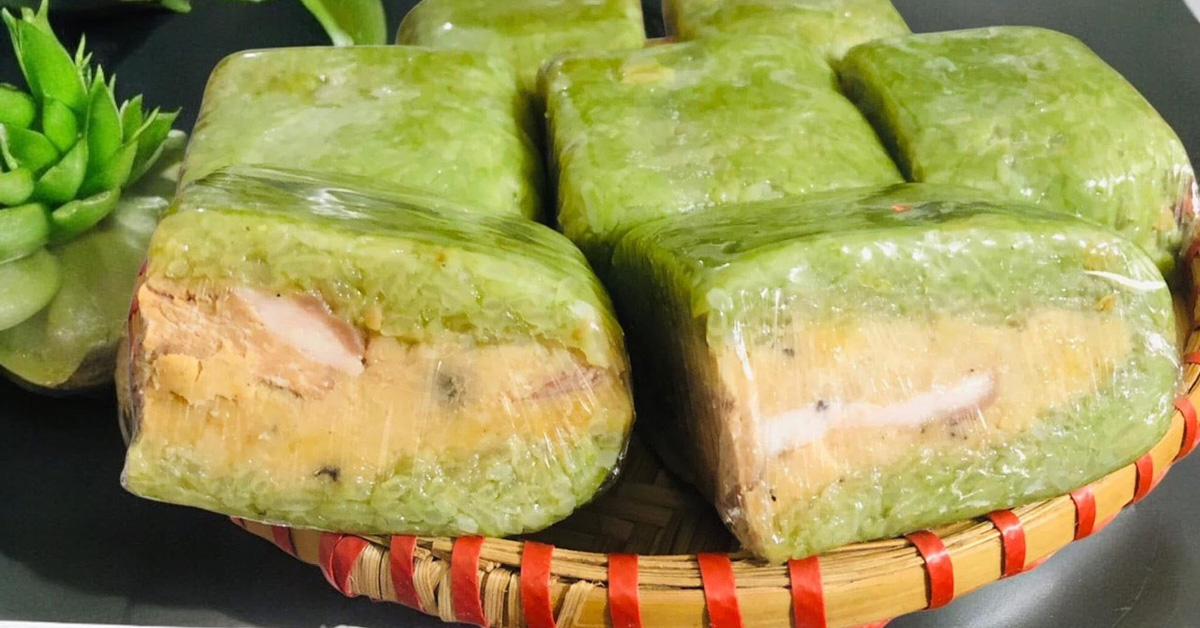

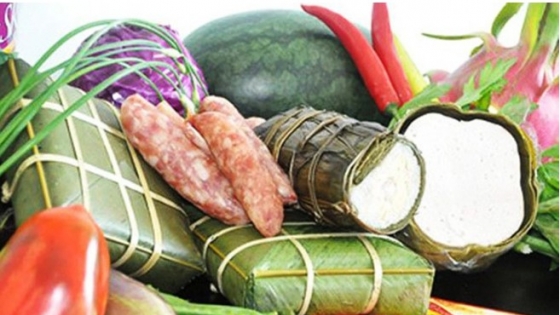



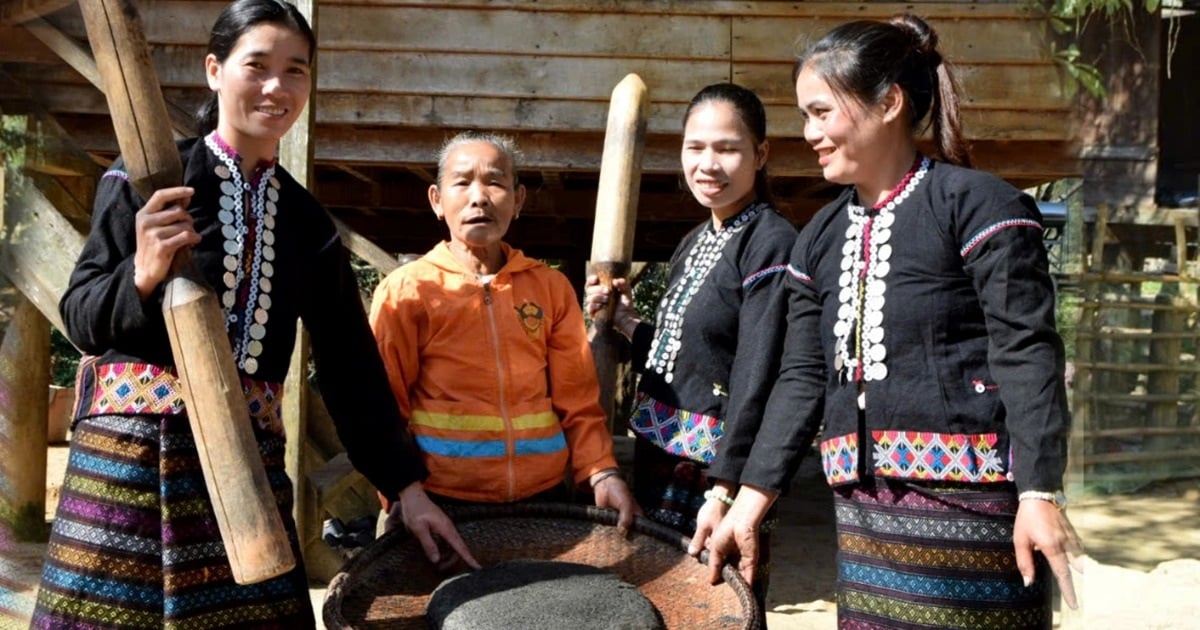






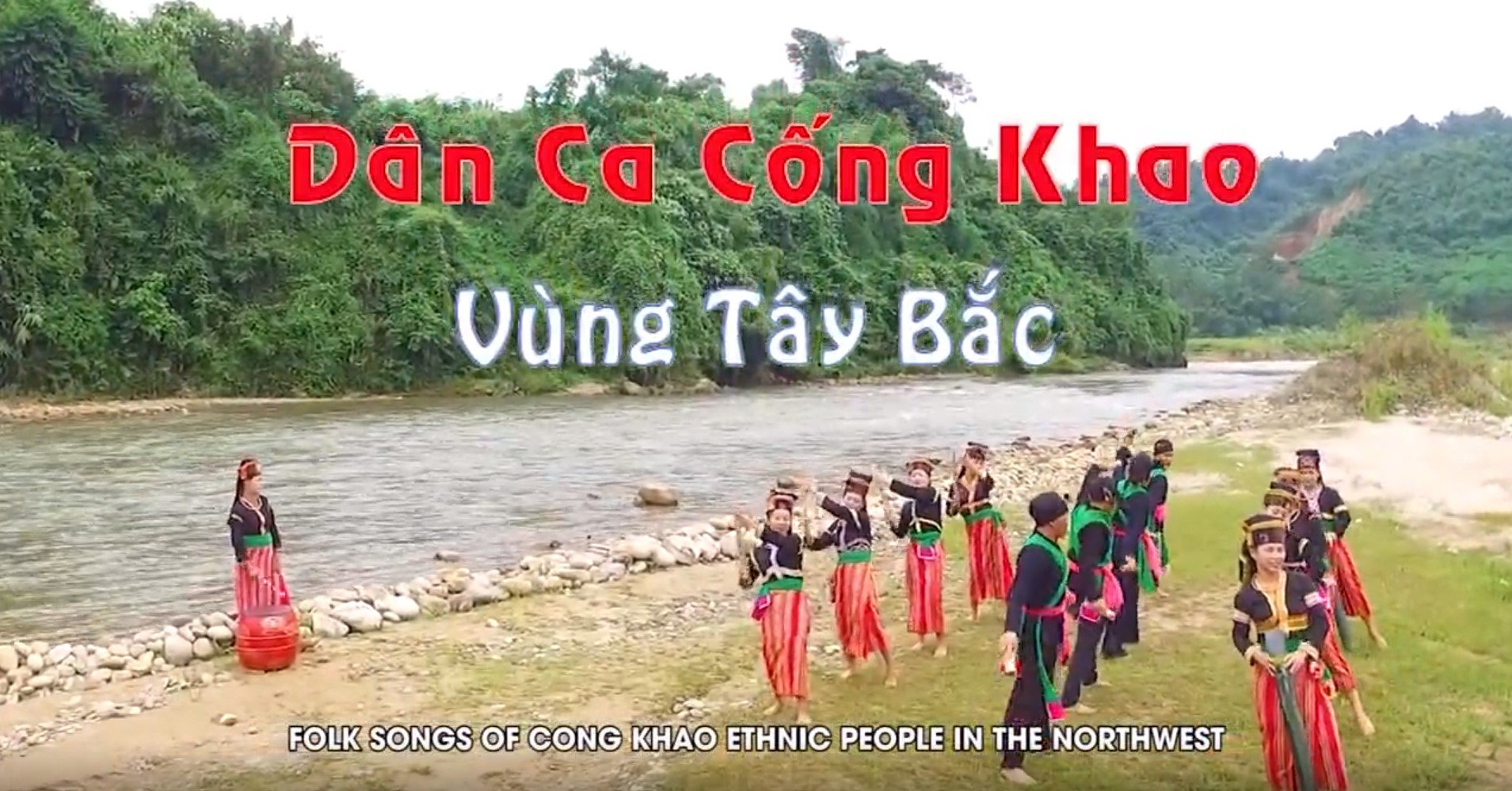
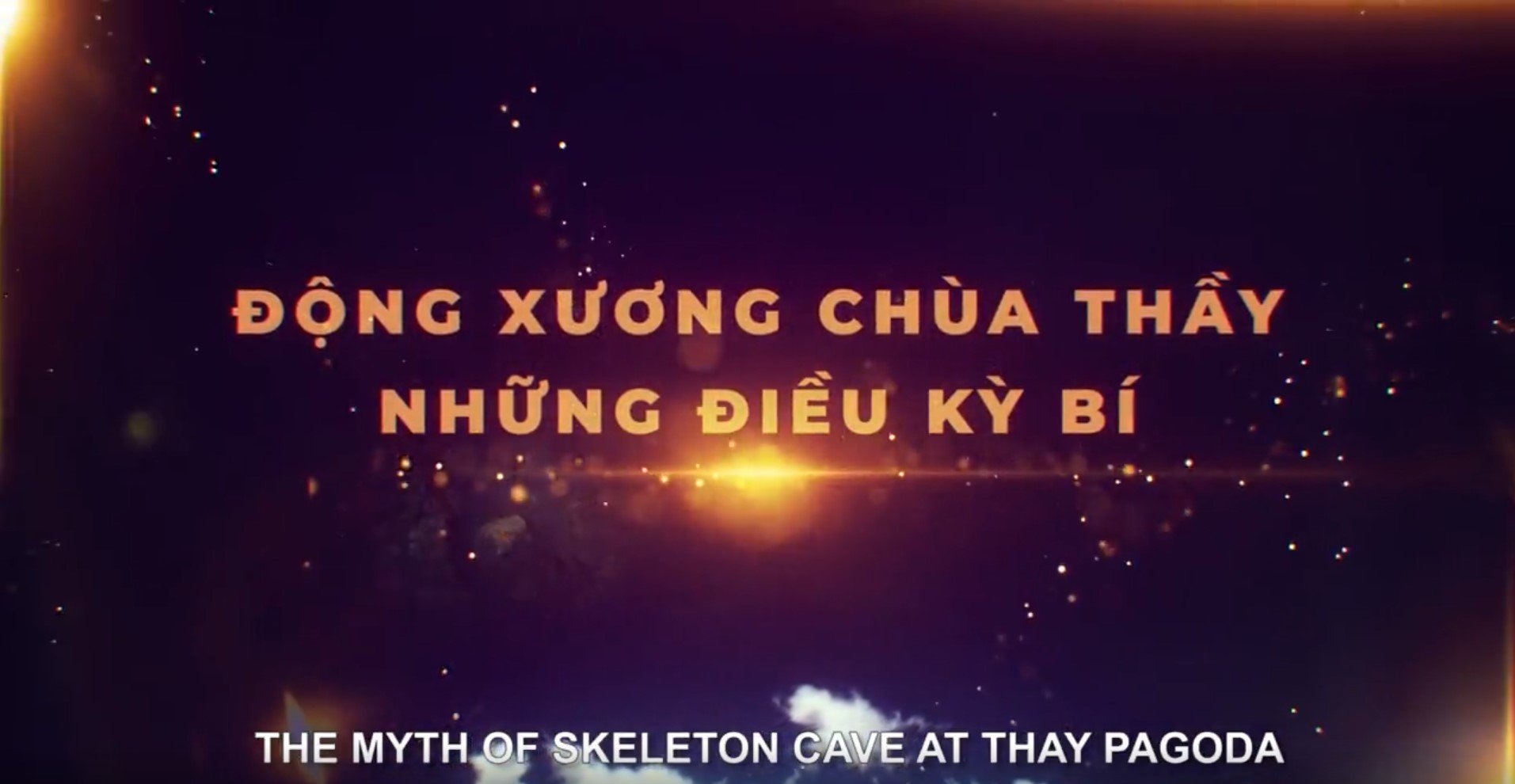







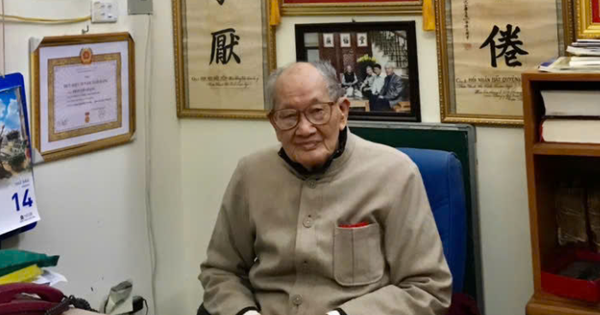


Comment (0)